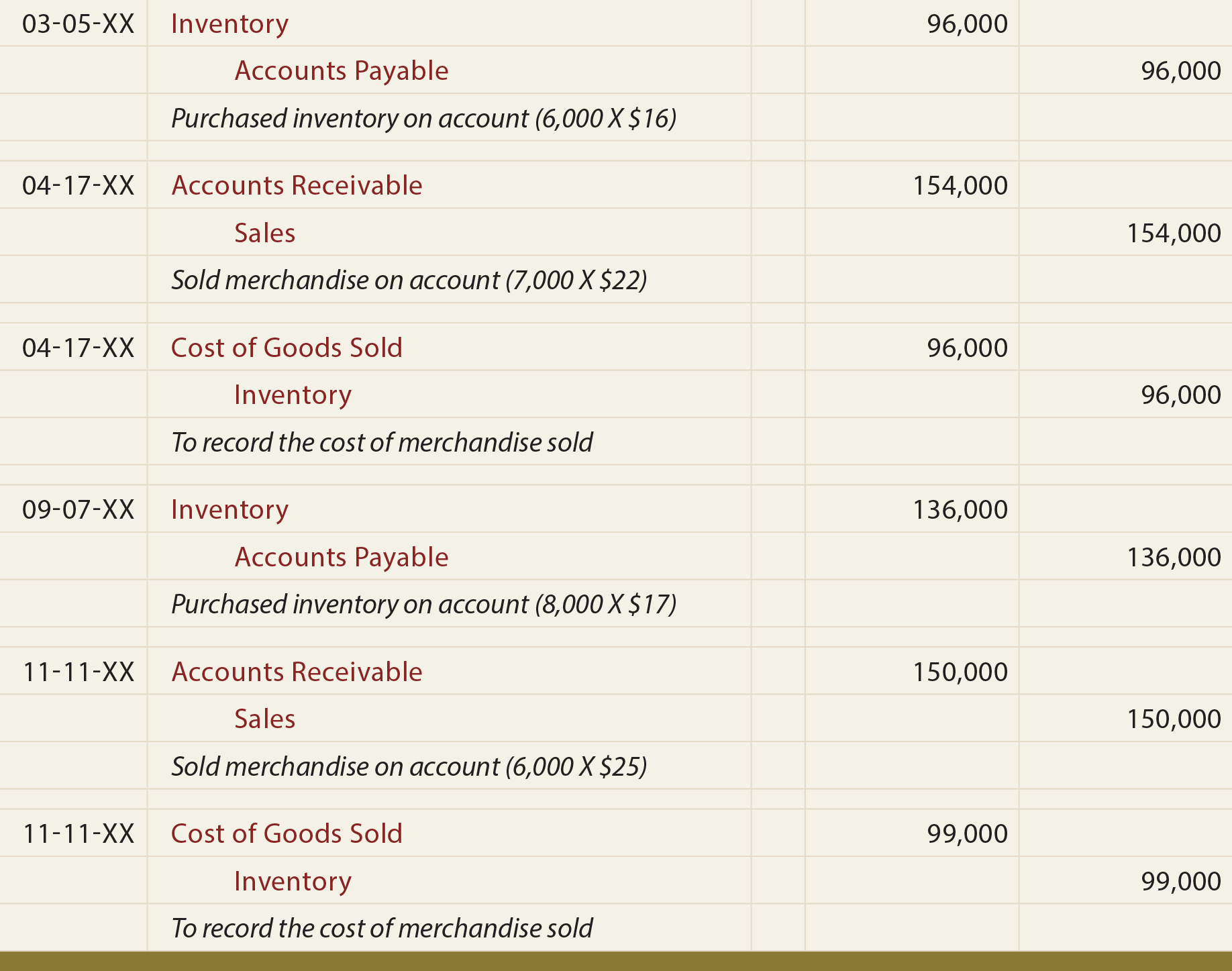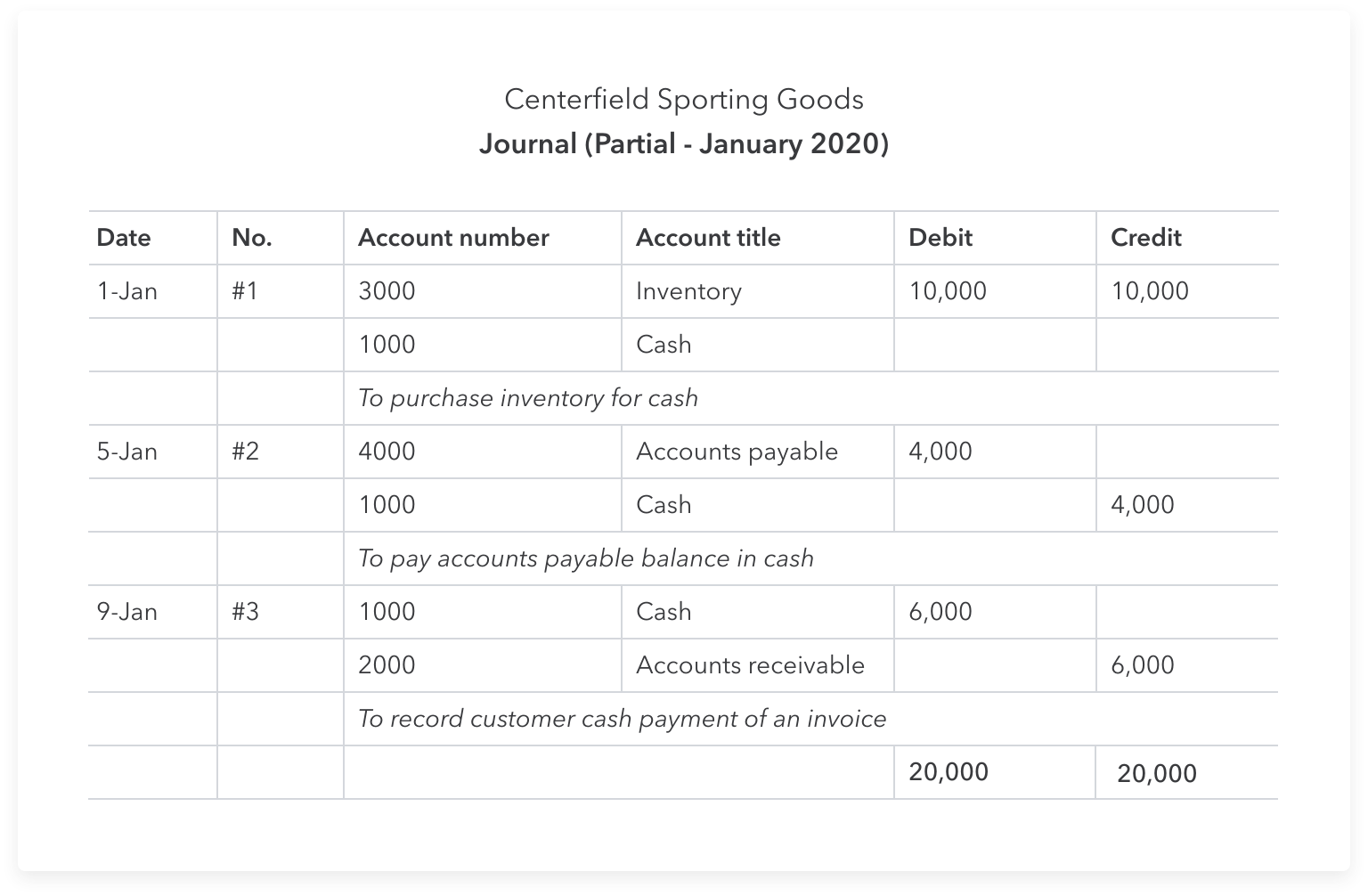
The common reasons of such difference include inaccurate record keeping, normal shrinkage, and shoplifting etc. An inventory purchase journal entry records the acquisition of goods that a business intends to sell. This entry typically involves debiting the Inventory account to increase the company’s assets, showing that inventory has been added to the stock. Accurate inventory adjustments are critical for maintaining the integrity of financial statements and ensuring the financial health of a business. Properly adjusted inventory accounts reflect the true value of inventory, providing a reliable basis for financial reporting, operational decision-making, and tax compliance.
Perpetual inventory system

Identifying inventory shrinkage involves comparing physical inventory counts to recorded inventory levels. The journal entry typically involves debiting an expense account, such as “Inventory Shrinkage Expense,” and crediting the inventory account to reflect the loss. For obsolescence, companies must write down the value of obsolete inventory, which involves recognizing a loss on the income statement and reducing the inventory value on the balance sheet.
- This entry typically involves debiting the Inventory account to increase the company’s assets, showing that inventory has been added to the stock.
- This is the reason that one formula does not fit all inventories and business types.
- Inventory write-down will impact the income statement as the expense that reduces company profit.
- In this journal entry, there is no purchase account and the amount of purchase directly goes to the inventory account by adding to the inventory balances.
What is Inventory Write-Down?
A journal entry is a chronological record of your business’s financial transactions. The company can also review and verify the inventory on October 12, 2020, by comparing the inventory in the account record with the physical inventory count. This is a big advantage of the perpetual inventory system as the company can investigate immediately if there is any variance between the physical count and the account record.
A Transaction Overview
However, they have to access the inventory valuation before making a conclusion, Auditor will access the management valuation and its reasonableness. Spoilage incurred through accidents, damage, or theft is charged as an expense. Further, the following entry will be passed if your business deals in merchandise to buy finished goods and resell them to the customer by adding profit margin. A chart of accounts lists each account type, and the entries you need to take to either increase or decrease each account.
Calculate Adjustments
Inventory management is one of the essential aspects of business management. It’s the fact that a large amount of the working capital is allocated for the inventory. Hence, business needs to minimize the cost of holding inventory without going out of stock. There are many journal entries that must be made to record the movement of inventory. The process of accounting for perpetual inventories is shown in the following example.
Which Account Does Not Appear on the Balance Sheet?
When you sell the $100 product for cash, you would record a bookkeeping entry for a cash transaction and credit the sales revenue account for the sale. This transaction transfers the $100 from expenses to revenue, which finishes the inventory bookkeeping process for the item. Then, when you locate obsolete inventory and designate it as such, you credit the relevant inventory account and debit the obsolescence reserve account. This approach charges the cost of obsolescence to expense in small increments over a long period of time, rather than in large amounts only when obsolete inventory is discovered. There is also a separate entry for the sale transaction, in which you record a sale and an offsetting increase in accounts receivable or cash. A sale transaction should be recognized in the same reporting period as the related cost of goods sold transaction, so that the full extent of a sale transaction is recognized at once.
Accurate inventory journal entries provide critical information for financial reporting, tax compliance, inventory management, decision-making, and other important business functions. One common mistake in inventory management is overlooking small discrepancies. Even minor should i be worried if i receive a letter from the irs differences between recorded and actual inventory can indicate underlying issues such as theft, misplacement, or recording errors. Ignoring these small discrepancies can lead to larger problems over time, impacting financial statements and operational efficiency.
Every parcel that is delivered is first scanned, after which the balance is added to the current inventory levels. Perpetual inventory systems have been enhanced in recent years using computers and electronic point of sale devices such as credit card readers. Periodic systems involve the completion of accounting at the end of a given period. Instead, prior to the widespread use of computers, the Internet, and other digital technologies, it was common for a company to use a periodic inventory system. Initially, the details of the inventory purchase, including the quantity, price, and terms of sale, are determined.
